OpenAGI - Your Codes Reflect!







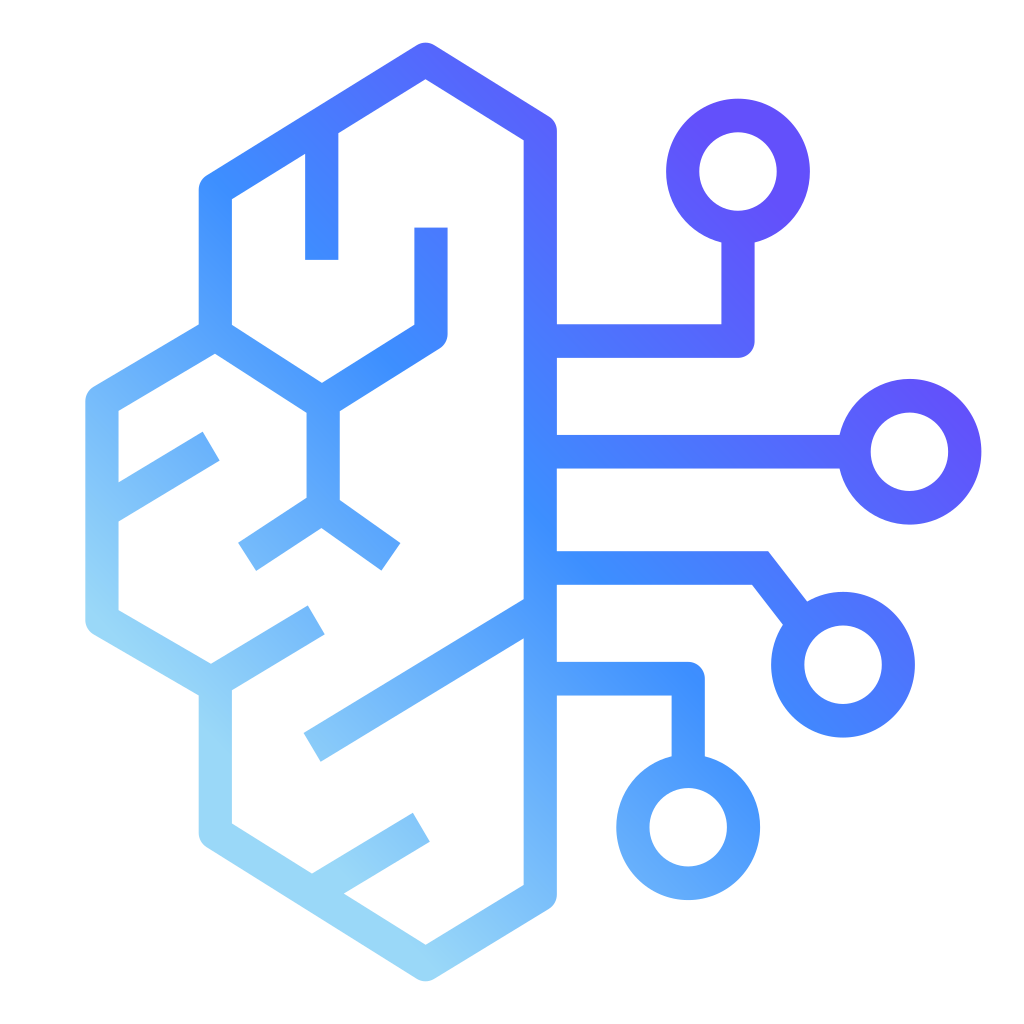






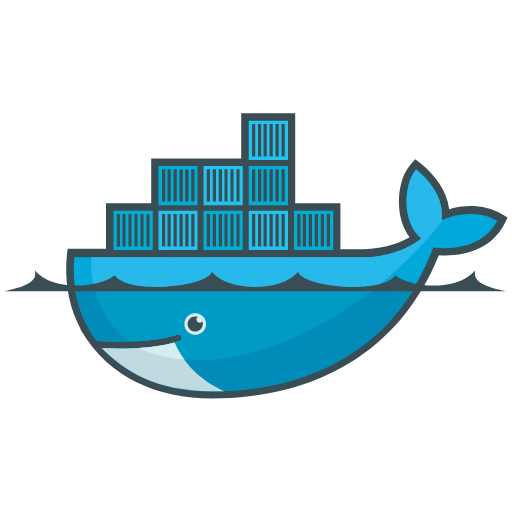






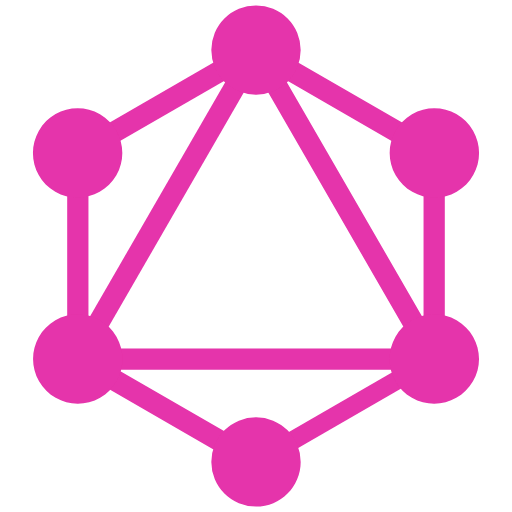





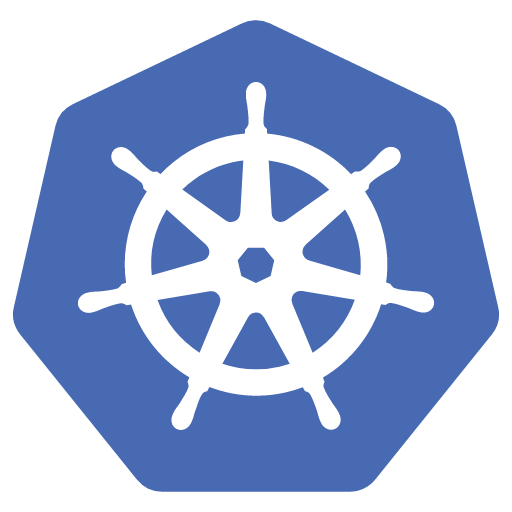























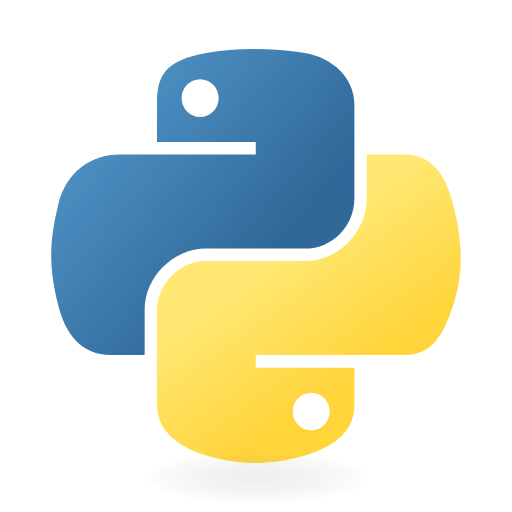








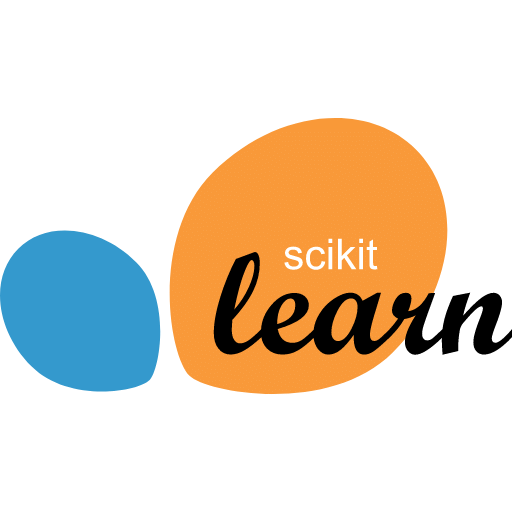













































































Intelligence into
the products,
Empowering enterprises to tailor AI, ML into their products. Crafting scalable, cost-efficient strategies built to last.
Steering AGI development
Empowers Enterprises and innovators with Advanced AI, ML and Generative AI
products with strong focus on Platform and Product Engineering combine deep research and evidence-based strategies and business integration to align technology with organizational goals.
The platform specializes in building domain-specific models, deploying intelligent agent systems, designing scalable distributed machine learning architectures for both Small Language Models (SLMs) and Large Language Models (LLMs).
OPEN AGI
What We Do
Deliver AI Transformation from strategy to production - model development, agent-based orchestration, and distributed ML.
Build and optimize AI models tailored for specific business and technical domains.
Implement and manage rapid deployments using proven models, APIs, and Cloud Platforms.
End-to-end stage-by-stage journey from data preparation, training, and inference to production deployment and continuous improvement.
Design and deploy globally scalable machine learning solution with intelligent load balancing, containerization, fault tolerance and cloud agnostic environments across cloud and edge.
Shaping the Future:
Enhancing Human Creativity, Promoting Ethical Intelligence, and Driving Transformative Change
We aim to empower individuals and organizations to consciously steer the evolution of Artificial Intelligence for the benefit of all.
We believe AI isn't just the future, it's a transformative edge for organization today, we envision to democratize advanced, responsible AI by making the tools, knowledge and methodologies, while upholding ethical and human-centric values at every step.
VISION
Our Vision
Enhancing Human Creativity through AI tools and technologies
Promoting Ethical Intelligence in all AI development
Driving Transformative Change across industries
Empowering organizations to steer AI evolution
Democratizing advanced, responsible AI technologies
MISSION
Democratize responsible AI: Make advanced, safe, and explainable AI technologies
We are committed to building AI systems that prioritize human welfare, ethical considerations, and sustainable development.
MISSION
Our Mission
Democratize responsible AI: Make advanced, safe, and explainable AI technologies
Embed fairness, transparency, and human-centric values in every algorithm, model, and dataset.
Support open research, multi-modal learning, and diverse perspectives in AGI development.
Build robust safeguards, continuous monitoring, and human-in-the-loop systems for trustworthy AI.
Inspire the next generation of conscious efforts to shape AGI that uplifts humanity, respects privacy, and sustains the planet.
PROBLEM
Navigating digital transformation, organizations face significant resistance and bureaucracy, hindering adoption of crucial innovations like cloud, low-code/no-code, and AI, thereby compromising agility and resilience.
Organizations struggle with complex challenges that prevent them from fully leveraging AI and digital transformation opportunities.
PROBLEM
Key Challenges
Bias Amplification, Ethical Lapses & Loss of Trust
Algorithmic Errors & Catastrophic Failures, Unintended Consequences, Lack of Explainability & Accountability, Reinforcing Silos & Complexity are paramount challenges in AI deployment.
Ecosystem Complexity
Arises from diverse, interconnected components, creating dynamic interactions, dependencies, and emergent behaviors challenging to manage and predict.
Bureaucratic Mountain
Impedes progress through rigid structures, convoluted processes, and entrenched resistance, stifling innovation, decision-making, and organizational evolution in dynamic environments.
Agility Requirements
Crucial for navigating today's turbulent markets, demanding agile adaptation, swift decision-making, and seamless execution to seize opportunities and mitigate evolving threats.
SOLUTION
AI transformation, from model development and agent orchestration to globally scalable ML deployments. Our research-driven, evidence-based approach ensures seamless integration, cost optimization, and continuous innovation.
We provide comprehensive AI solutions that address the complex challenges organizations face in their digital transformation journey.
SOLUTION
Our Solutions
Enterprise AI
Create an AI layer to integrate models and NLP, enhancing product intelligence. This transformation enables businesses to leverage agentic systems and improve orchestration efficiency.
Approach
Utilize feature engineering and cost optimization frameworks, such as TCO analysis, to enhance performance and ROI while adopting product and platform engineering in a phased approach.
Strategy
Employs a dual-strategy approach combining Transformation A (optimizing current operations with AI) and Transformation B (creating new AI-driven business models).
Benefits
Each use case demonstrates measurable ROI through improved efficiency, reduced costs, and enhanced customer experiences while establishing foundation for next-generation business model innovation.
Stay Connected
OpenAGI News
Specializing in AI, ML, and GenAI products, with cutting-edge expertise in enterprise AI, infrastructure, and research. Stay connected with us to learn more on the latest trends and developments in the AI space.
What We Do
Enterprise AI
We deliver comprehensive AI transformation through model development, intelligent agent systems, distributed ML architectures, and Small Language Models (SLMs) and Large Language Models (LLMs) implementation from strategy to production operations.
Build specialized AI models from scratch for domain-specific requirements with full control over architecture, training, and optimization
Deploy multi-agent orchestration with RAG, vector databases, and rapid deployment using proven models and cloud platforms
Design globally scalable ML architectures with intelligent load balancing, containerization, and fault tolerance across continents
Stage by Stage methodology from data preparation through production operations, training, inference, and continuous improvement
How We Do
Our Implementation Methodology
Strategic two-fold approach combining model development and intelligent agent systems with comprehensive distributed ML architecture and systematic Small Language Models (SLMs) and Large Language Models (LLMs) implementation journey.
Model development for specialized domains OR intelligent agent orchestration with rapid deployment using proven models, APIs, and cloud platforms
Enterprise microservices that decouple model components, enabling independent global scaling from cloud to edge across multiple continents
Systematic approach: Foundation → Development → Inference → Deployment → Operations with continuous improvement and optimization
Global deployment with intelligent load balancing, model versioning, data drift monitoring, and fault tolerance across all regions
Discover Our AI Implementation Approach
Learn about our comprehensive two-fold strategy covering model development, intelligent agent systems, and Small Language Models (SLMs) and Large Language Models (LLMs) implementation journey.
AI Innovation
Our Research-Driven Process
We co-create enterprise AI products through our systematic, research-centric approach that transforms your business approach.

Discovery & Analysis
We conduct comprehensive analysis of your enterprise architecture, identify AI opportunities, and develop evidence-based strategies that align with your business objectives.
Prototype & Development
We build and deploy cutting-edge AI products using proven methodologies, advanced LLMOps, and innovative development frameworks tailored to your enterprise needs.


Deploy & Optimize
We launch your AI initiatives with performance-optimized deployment strategies, providing ongoing support and intelligent monitoring for maximum business impact.
Optimize Your Data for Better AI Performance
Unlock the full potential of your AI models with expert feature engineering. Improve accuracy, reduce costs, and accelerate deployment.
Total Cost of Ownership for Enterprise AI
A framework for calculating and optimizing the total cost of ownership of enterprise AI and SLM/LLM deployments across all phases from foundations to advanced optimization.
Phases in TCO Framework
Phase 1: TCO Foundations
* Time estimates are based on typical enterprise AI implementations and may vary based on organizational complexity, team size, and specific requirements.
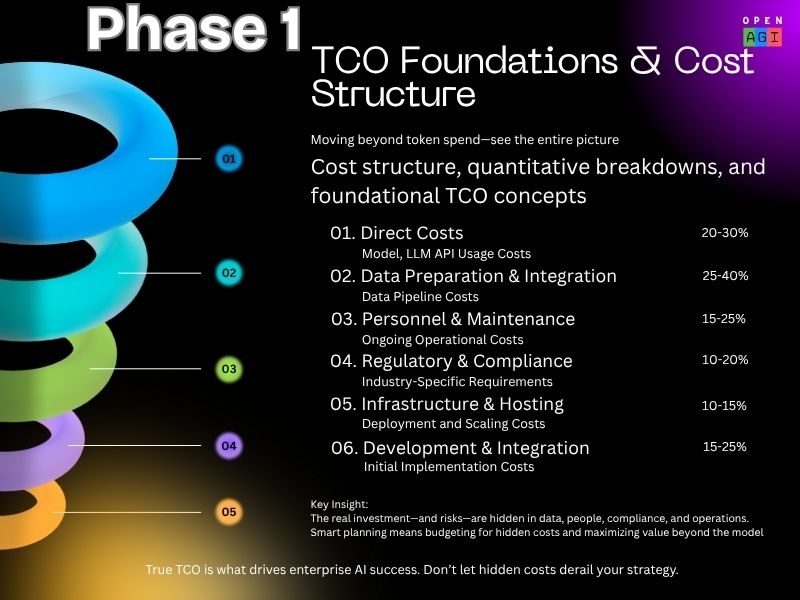
Identify all direct cost components: API usage, data prep, personnel, compliance, infrastructure, and integration. Quantify each precisely
Explore Phase DetailsReady to start your next AI project now?
Transform your organization with tailored AI, ML, and AI Infrastructure. Our expert panel delivers cost-effective, future-proof strategies.
Blog posts
Deep Dives
Our blog provides the deep dives on AI, ML, and GenAI.

Generative AI is revolutionizing the way we create and interact with language. From chatbots to content generation, it’s transforming how we communicate and access information.

Citizen developers are transforming business IT by creating and deploying applications without traditional development roles. This empowers organizations to innovate faster and respond to changing business needs.

AI transformation involves integrating AI into business processes to enhance efficiency, decision-making, and customer experience. This includes automating tasks, improving data analysis, and enabling real-time insights.
Explore new algorithms, conquer challenges, embrace learning from setbacks, and achieve creditable results in AI-driven decision-making. Collaborate, share knowledge, and empower citizen developers with essential AI skills to revolutionize your business products.
Make the most of the cloud. Let us help you adopt cloud-native architectures, optimize cloud resource consumption, ensure compliance and safety, and simplify complexity. By assimilating lessons from challenges, improving strategies, and adopting a cloud-centric mindset, organizations may grow and prepare for AI-driven digital transformation. How is our secret sauce determined?
Empowering budding citizen developers to build their own products without software development experience, dogfooding cutting-edge technology, experimenting, crawling, falling, failing, restarting, learning, mastering, sharing, and becoming self-sufficient, building a culture of innovation, driving digital transformation and embracing community-driven development.
Ready to Transform Your Business with AI?
Take the first step towards AI transformation. Our comprehensive approach ensures successful implementation and measurable results.
AI Transformation Journey
Step by Step Approach
The AI Transformation Journeys framework helps organizations understand and implement AI transformation through progressive stages, from initial experimentation to full-scale AI integration. It's not just about technology—it's about cultural change, continuous learning, and strategic alignment.
Foundation Phase
Building the groundwork for AI adoption through experimentation and strategic planning
Hello World Moment
Begin your AI journey by experimenting with APIs and testing Large Language Models (LLMs). Build simple applications using GPT, Claude, or other models, and explore frameworks like LangChain. This is your 'aha!' moment where AI becomes real and tangible.
Crawl with AI
Deepen your understanding of the AI ecosystem by exploring vector databases, prompt engineering, retrieval-augmented generation (RAG), and multimodal inputs. Begin forming a strategic roadmap for AI implementation.
Strategize with Tangible Outcomes
Transform curiosity into concrete results by building proof-of-concept projects aligned with your business goals. This stage bridges the gap between AI experimentation and practical business applications.
Get the Big Picture
Develop an understanding of how LLMs can impact various aspects of your organization, from customer service to knowledge management and analytics.
Walk with AI
Foster collaboration between technical and business teams to integrate AI into workflows. Establish governance rules, boundaries, and metrics for measuring impact.
Stand Up for the Future
Begin active implementation while addressing technical debt, organizational inertia, and skepticism. This stage focuses on overcoming challenges and building momentum.
Implementation Phase
Moving from strategy to active deployment and organizational integration
Transformation Phase
Scaling AI initiatives and embedding AI into organizational culture
Thrive in the AI Era
Transition from 'doing AI' to becoming AI-native. Scale projects, build AI-powered customer journeys, and enhance internal decision-making processes.
Transform Your Life
Embed AI into your organizational culture. Transform how teams think, build, and solve problems, creating value for employees, partners, and customers.
Iterate with AI
Implement continuous improvement through feedback loops. Refine models, processes, and strategies based on lessons learned and emerging best practices.
Keep the Momentum
Maintain progress through defined metrics, outcome monitoring, and strategic alignment. Focus on sustaining AI operations and continuous evolution.
Leap into the AI Era
Achieve full AI maturity where AI becomes your co-creator, insight engine, and value driver. Build innovative solutions that were previously impossible without AI.
AI-Driven Phase
Achieving full AI maturity and leading innovation in the AI era
Are you interested in AI-Powered Products?
Get In Conversation With Us
We co-create enterprise AI architecture, develop cutting-edge agentic AI patterns, advance LLMOps methodologies, and engineer innovative testing frameworks for next-generation AI products with our research-centric approach.
43014 Tippman Pl, Chantilly, VA
20152, USA
3381 Oakglade Crescent, Mississauga, ON
L5C 1X4, Canada


